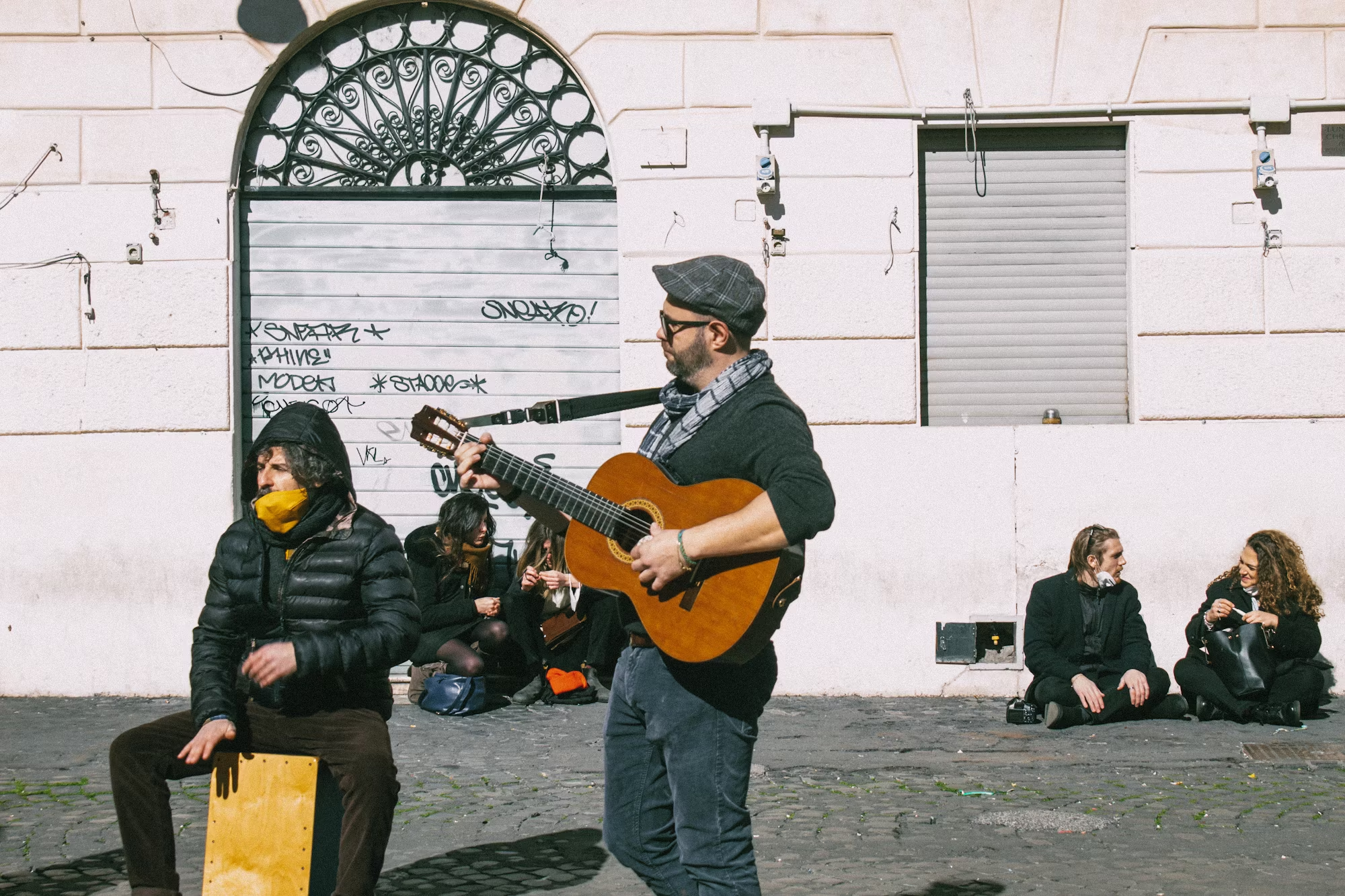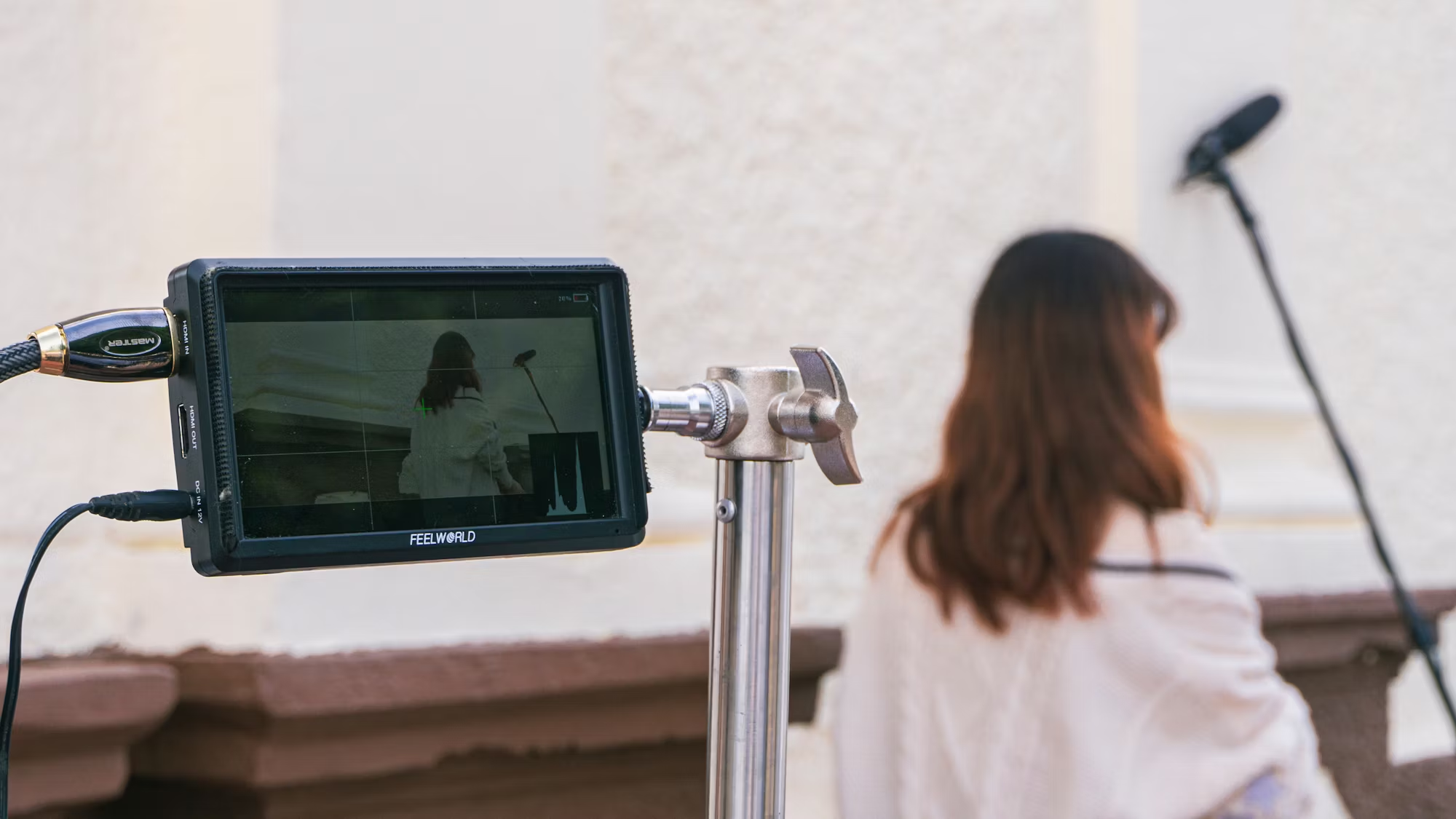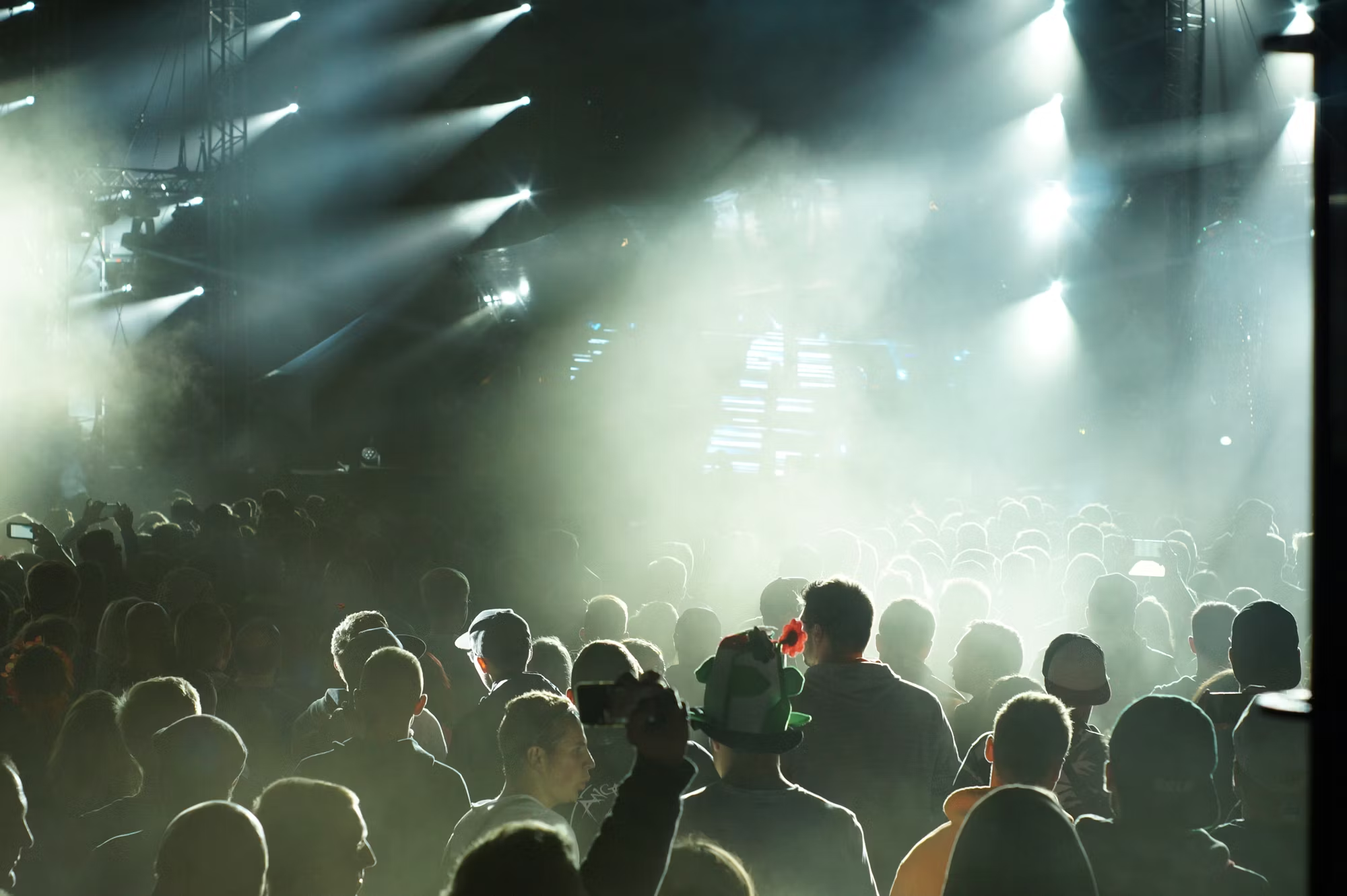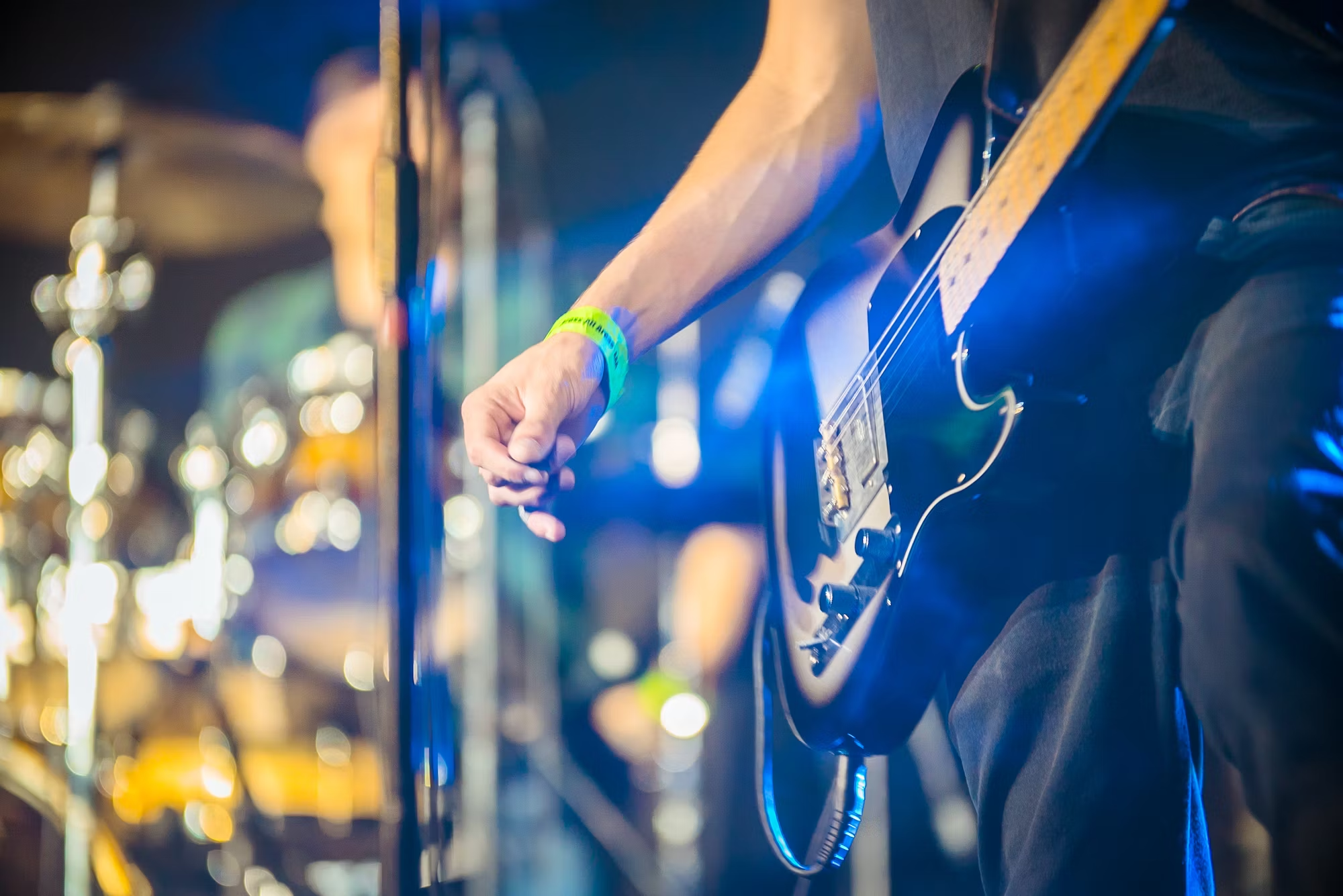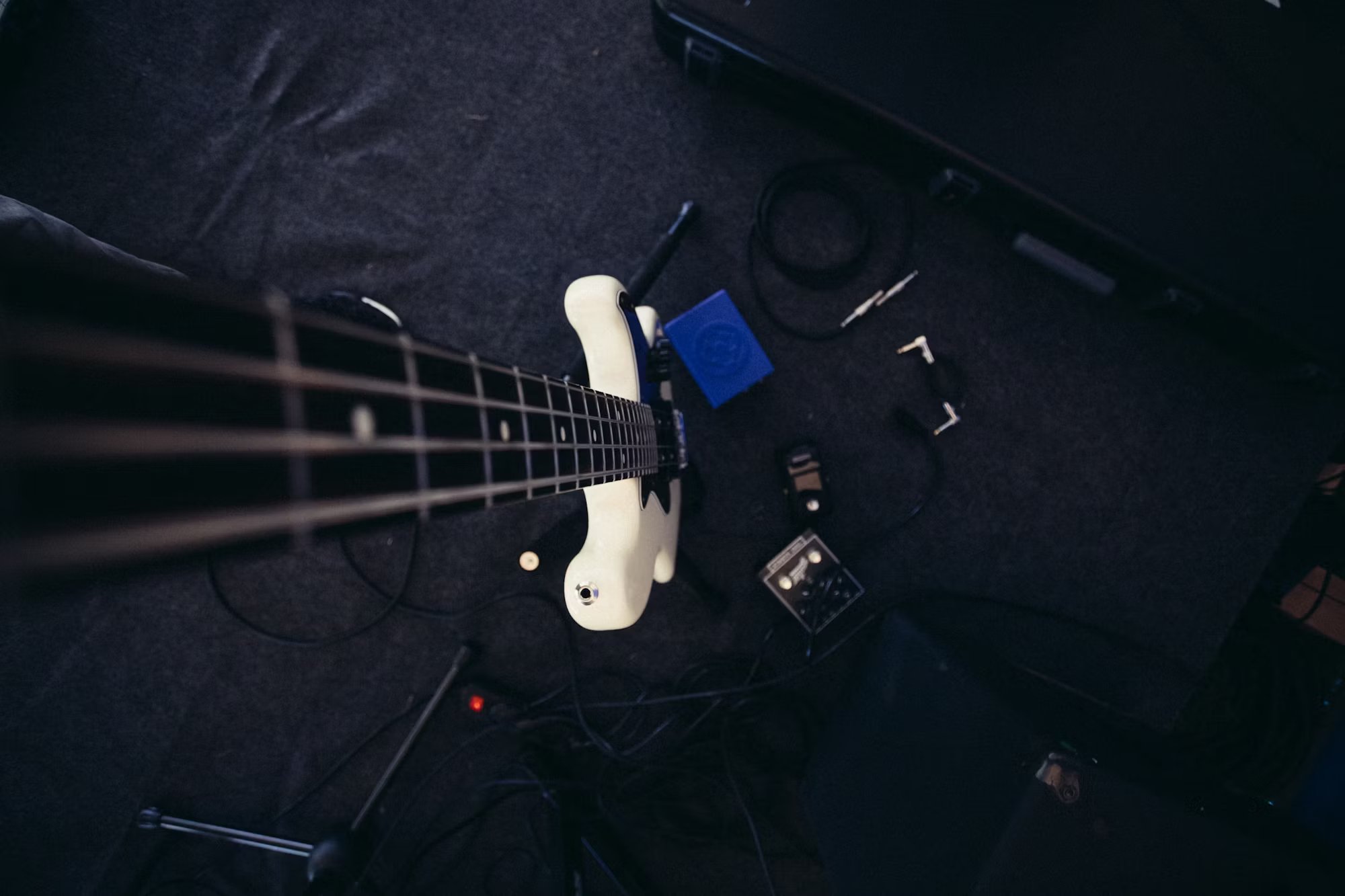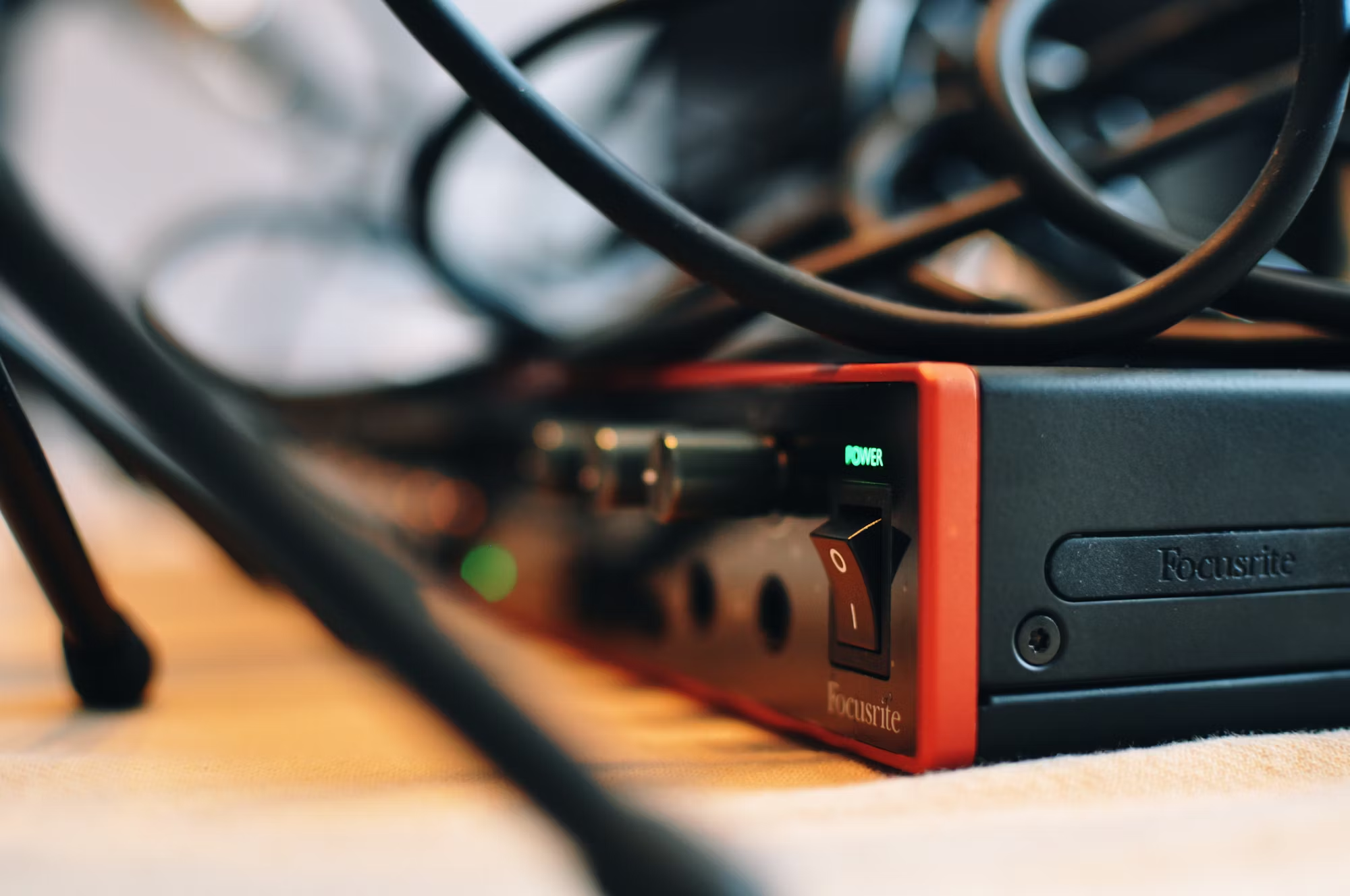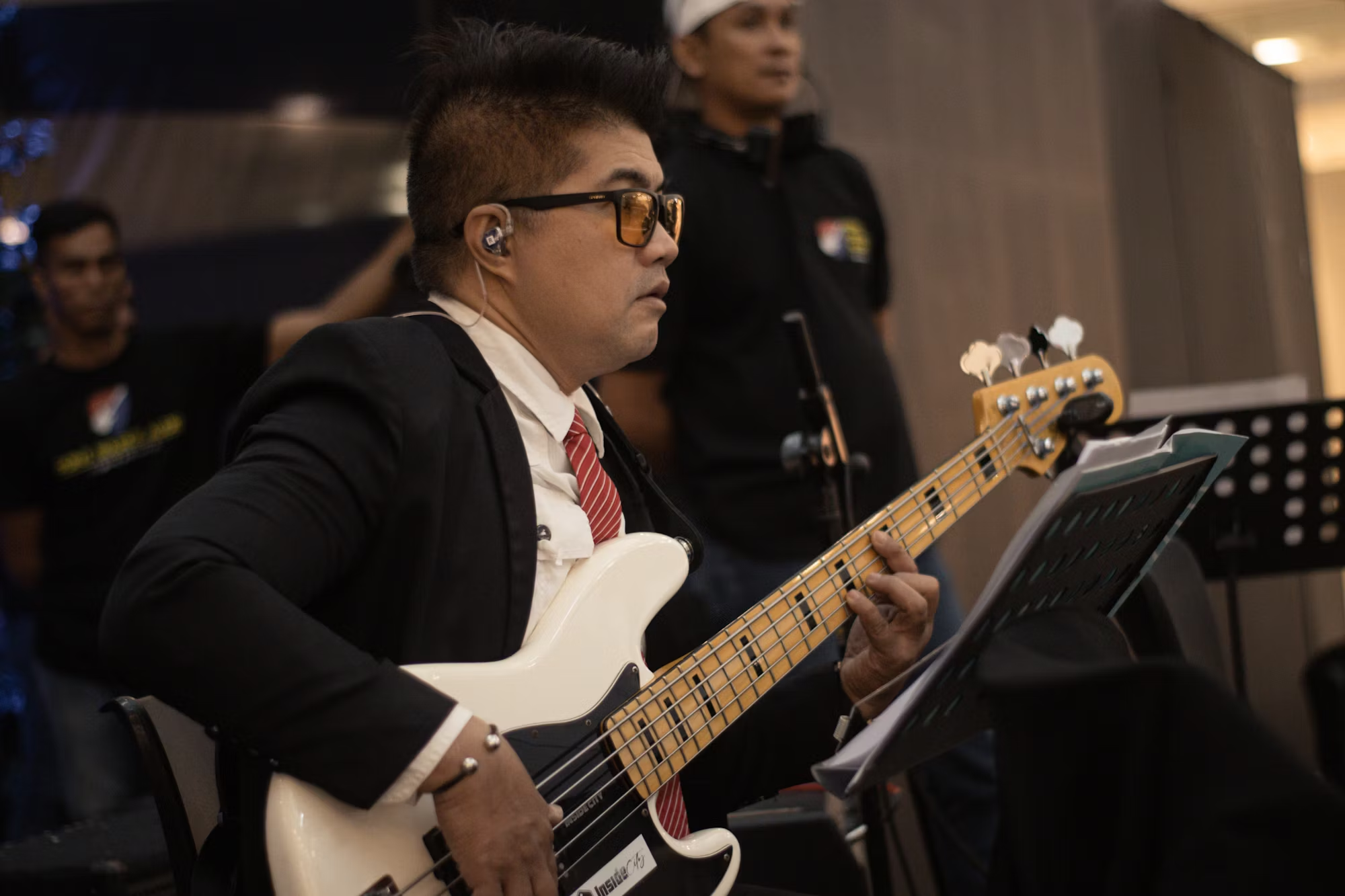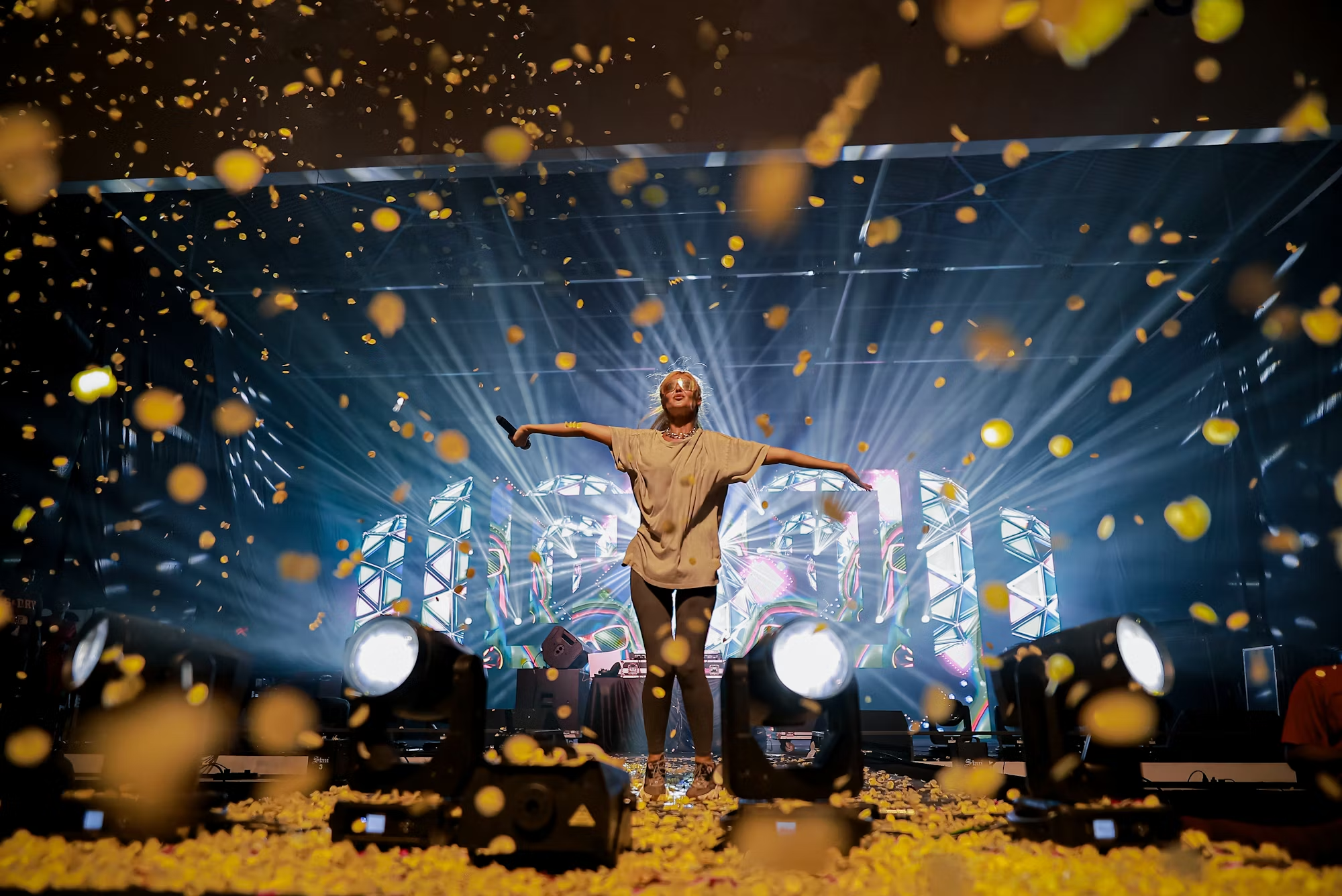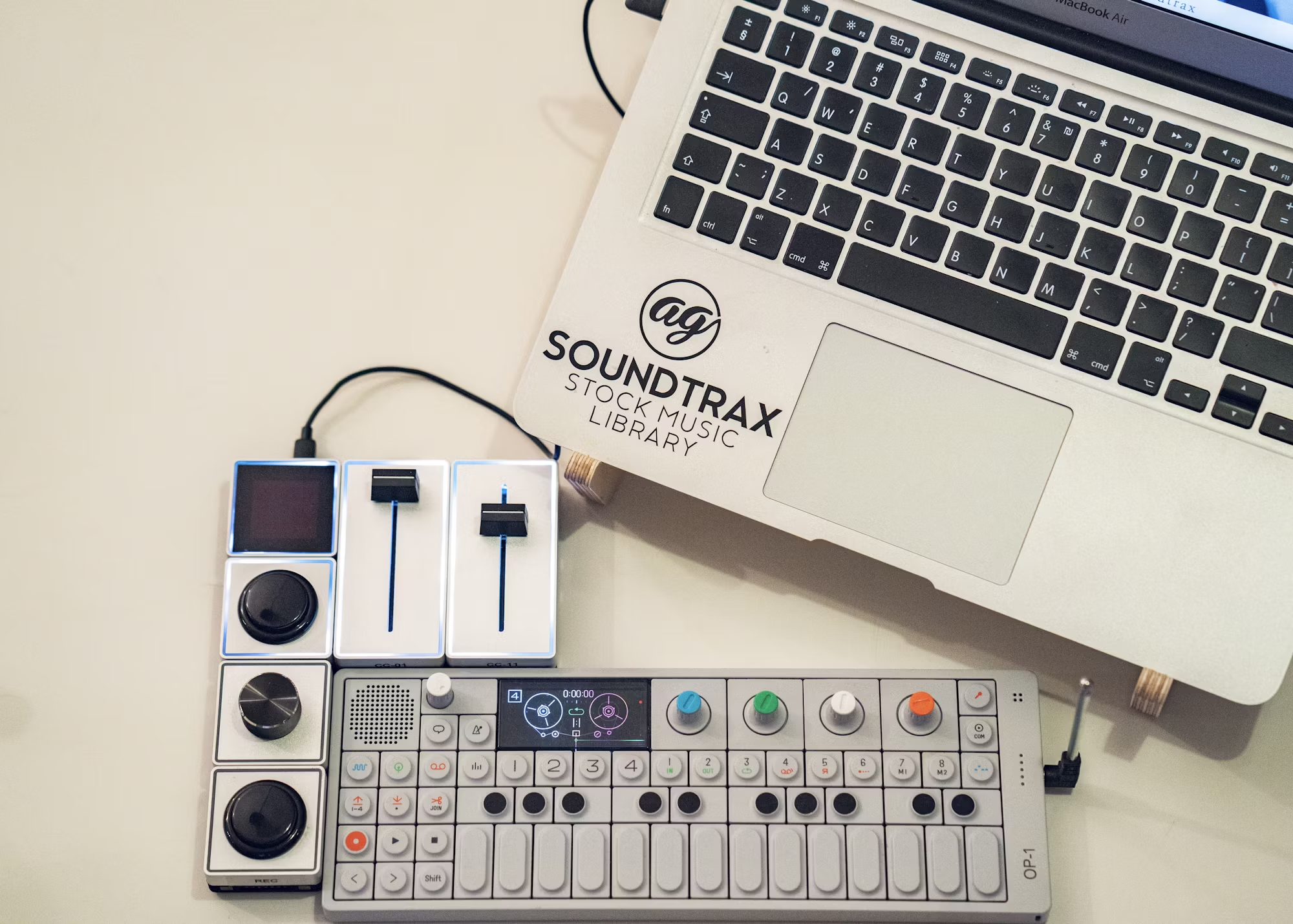The journey of headphone technology is a fascinating tale of innovation and adaptation. From their humble beginnings to the sophisticated devices we have today, headphones have evolved significantly, impacting how we experience music, podcasts, gaming, and more. This article delves into the history, development, and future of headphones, highlighting key advancements that have transformed our listening experience.
Headphones were first introduced in the late 19th century, originally designed for use by telephone operators. These early models were bulky and cumbersome, but they laid the groundwork for future innovations. As radio technology advanced in the 1920s and 1930s, headphones began to gain popularity among consumers. However, it wasn’t until the 1950s that the first true portable headphones emerged, allowing users to enjoy music on the go.
The 1970s marked a significant turning point in headphone technology. This decade saw the introduction of the first stereo headphones, which offered a more immersive audio experience. Additionally, the launch of the Sony Walkman in 1979 revolutionized personal music consumption, popularizing portable audio devices. Suddenly, consumers were able to carry their music with them, and headphones became essential for enjoying that music in private.
As technology progressed into the 1980s and 1990s, the design and functionality of headphones continued to evolve. The introduction of lightweight materials allowed for more comfortable designs, making headphones easier to wear for extended periods. The emergence of in-ear headphones, or earbuds, provided users with a more compact option for listening to music, particularly as cassette players and CD players became commonplace.
With the turn of the millennium, the digital age ushered in a new era for headphones. The rise of digital music formats and the advent of the iPod in the early 2000s led to a surge in headphone sales. As consumers sought better sound quality and comfort, manufacturers responded by developing a wide variety of styles and technologies. This period saw the emergence of noise-canceling headphones, which utilized advanced sound technology to block out ambient noise, allowing users to immerse themselves fully in their audio experience.
One of the most significant advancements in recent years has been the rise of wireless headphones. Bluetooth technology has transformed the way we connect our audio devices, eliminating the need for tangled wires and providing greater freedom of movement. As smartphones became the primary music source for many, wireless headphones quickly gained popularity. Companies like Apple played a pivotal role in this shift, particularly with the release of their AirPods, which became a cultural phenomenon.
The convenience of wireless headphones comes with additional benefits. Many modern models feature long battery life, touch controls, and voice assistant integration, enhancing usability. Furthermore, true wireless earbuds have gained traction, allowing users to enjoy music without any cords, resulting in an even more streamlined experience. As technology continues to advance, we can expect improvements in battery efficiency, sound quality, and connectivity options.
The focus on sound quality has remained paramount throughout the evolution of headphones. Audiophiles now have access to high-resolution audio formats, and headphone manufacturers are increasingly adopting advanced audio technologies. High-fidelity headphones provide a rich, detailed listening experience that allows users to appreciate every nuance in their favorite tracks. Brands like Sennheiser and Beyerdynamic have carved out a niche in this market, offering products tailored for serious listeners.
Additionally, customizable sound profiles have emerged as a popular feature among many headphone brands. Users can tailor their listening experience to match their personal preferences by adjusting bass, treble, and midrange frequencies. This level of personalization ensures that every listener can enjoy music the way they like it, whether they prefer booming bass or crystal-clear highs.
Another key advancement in headphone technology is the integration of smart features. Many modern headphones come equipped with built-in sensors that can detect when they are being worn or removed, automatically pausing playback when taken off. This seamless interaction enhances the user experience, making it easier to transition between listening to music and engaging with the world around them.
Moreover, the rise of fitness and sports headphones has resulted in models designed specifically for active individuals. These headphones often come with features like sweat resistance, secure fit designs, and built-in health tracking capabilities. This focus on fitness aligns with the growing trend of incorporating technology into health and wellness routines, providing users with the tools to stay motivated while enjoying their favorite tunes.
As we look to the future, the landscape of headphone technology promises to evolve even further. Emerging trends such as augmented reality (AR) and virtual reality (VR) present exciting opportunities for immersive audio experiences. Future headphones may seamlessly integrate with AR and VR environments, enhancing our interaction with digital content and creating new ways to enjoy music and audio experiences.
Furthermore, advancements in artificial intelligence (AI) are set to revolutionize how we interact with our headphones. AI technology could lead to real-time audio adjustments based on environmental factors, ensuring optimal listening conditions in any setting. This level of adaptability would make headphones even more indispensable in our daily lives.
In conclusion, the evolution of headphone technology has profoundly impacted how we consume and enjoy audio. From their early beginnings to the advanced wireless models of today, headphones have transformed our listening experiences, making music more accessible and enjoyable. As technology continues to advance, we can anticipate even more innovative features that will further enhance our audio adventures. Whether you’re a casual listener, an audiophile, or a fitness enthusiast, the future of headphones holds exciting possibilities for everyone.

